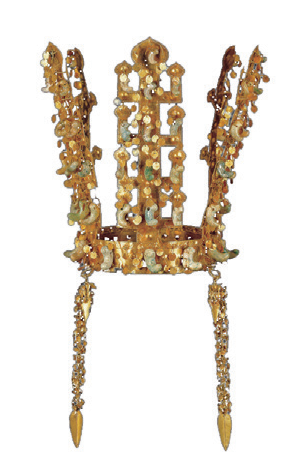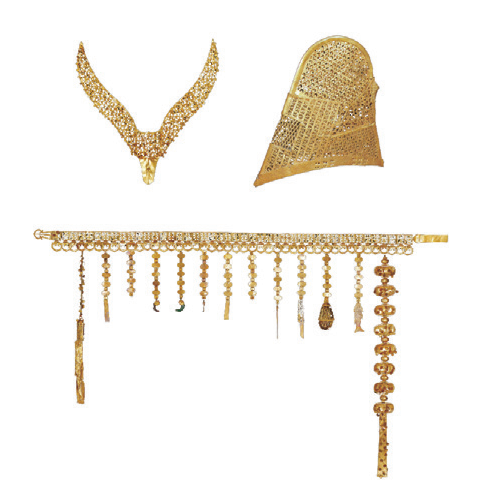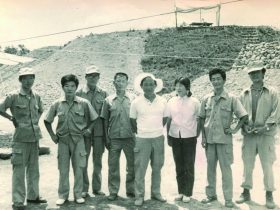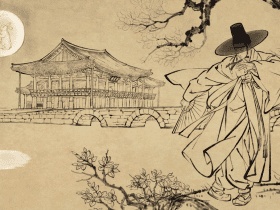50th Anniversary of the Cheonmachong Tomb Excavation
Research Division of Archaeology
YUN Hyoungjun
Fifty years ago, in 1973, two horses, which had slumbered for over 1,500 years, stirred to life and soared into the skies. Two pieces of Cheonmado, or paintings of heavenly horses a saddle flap, were unearthed during the excavation of the Silla tombs.
#1 Exposition
An Unintended Unearthing


The excavation, later dubbed the Cheonmachong Tomb due to the Jangni Cheonmado (Painting of Heavenly Horse on a Saddle Flap) discovery, had an unexpected start. Initially, the focus was on the Hwangnam-daechong Tomb—the grandest of the Silla tombs, spanning an impressive 120 meters in diameter. With no prior experience in unearthing a tomb of such magnitude, the team’s strategy was to first gain expertise through the excavation of a smaller tomb. This decision ultimately led them to choose the Cheonmachong Tomb.
This article is based on Chenmachong, Tomb of Silla: Records of Excavation Investigation, published by the Gyeongju National Research Institute of Cultural Heritage in 2019.
#2 Complication
An Astounding Discovery Beyond Imagination
Despite its relatively modest size, the artifacts unveiled through the excavation of the 47 meter-diameter royal tomb surpassed all expectations. Among the magnificent findings were a gold crown, a gold cap, a gold waist belt with pendants, as well as gilt-bronze earrings and shoes. Notably, the painting of heavenly horse on a saddle flap, rendered on a mudguard using multiple layers of birch bark stands as a testament to the unparalleled artistry of the Silla people, with its rarity further enhancing its value as one of the few surviving Silla paintings.




#3 Crisis and Climax
Heavenly Horses Soaring Again
Half a century ago, the fields of Korean archaeology and conservation science were in their infancy, making the acquisition of the painting of heavenly horse an immense undertaking for the team. The artifact, consisting of dual layers of mudguards, demanded swift action to prevent desiccation, color
alteration, and morphological distortion during exposure. Employing a chemical to fortify the artifact’s integrity, a precisely sized iron plate was inserted beneath to raise the mudguards. This delicate arrangement was then enveloped in sterilized Korean traditional Hwaseonji papers, placed within
a protective enclosure, and subjected to controlled humidity. The team’s assiduous efforts have ensured that the painting vibrant hues remain vivid to this day.
#4 Resolution
Future Directions of Silla Tomb Research
The Cheonmachong Tomb excavation yielded an impressive collection of 11,526 artifacts, which included four national treasures and six treasures. When the excavation report was 4 published a year later, it spanned an impressive 469 pages, boasting an unusually high standard for the time, complete with vivid color figures. While initially intended as a learning endeavor, the excavation of the Cheonmachong Tomb yielded an array of significant accomplishments: formulation of an ancient tomb excavation technique, insights into the structure of Silla tombs, the establishment of a historical chronicle, and a breakthrough in artifact conservation treatment. This landmark event held profound historical significance within Korean archaeology, fundamentally shaping the trajectory of future research on Silla tombs. It is essential to recognize that the global recognition of Korean archaeology’s
prominence traces back to the Cheonmachong Tomb excavation five decades ago.









